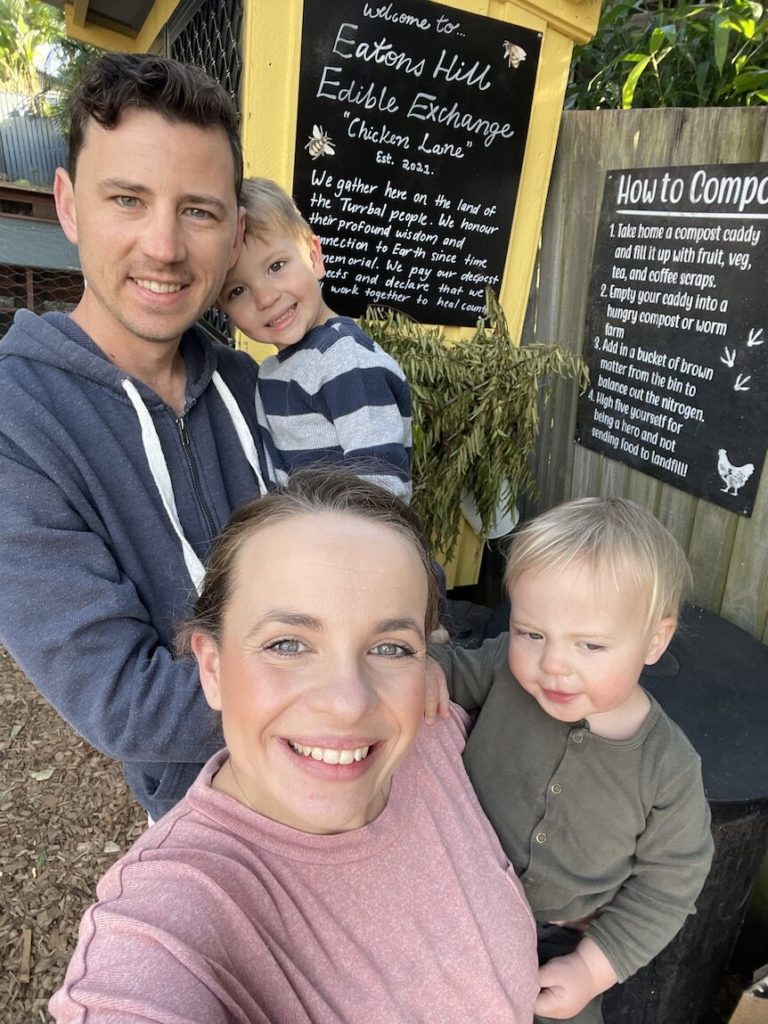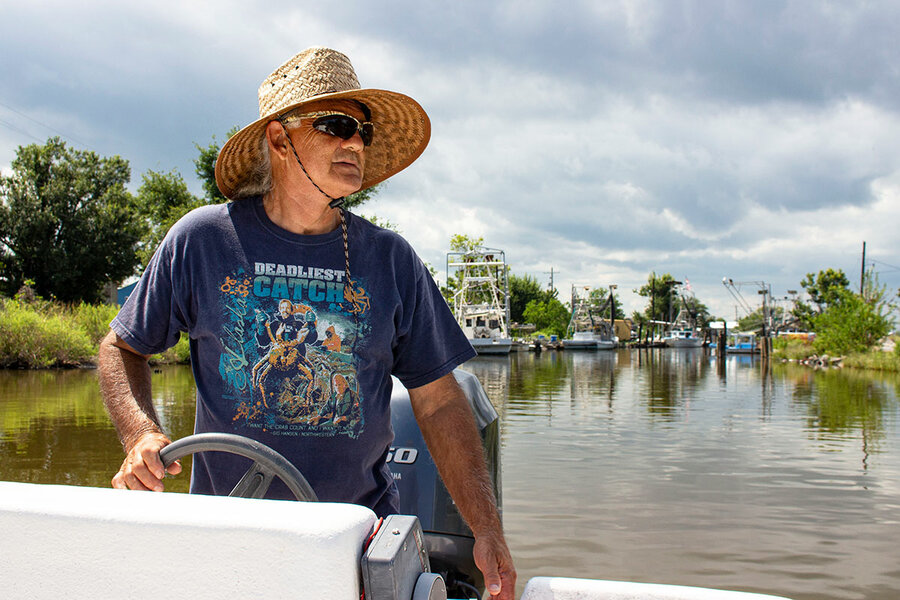Original publication by Antonia O’Flaherty for abc.net.au on 13 July 2022

(Supplied: Katie Irwin)
Nearly 1,000 residents in a suburb north of Brisbane are swapping fresh fruit and vegetables at a booming home-based edible exchange.
Down the side of Katie Irwin’s Eatons Hill home, there is a bright yellow hutch filled with produce, jams and baked goods, standing on a narrow patch of land next to a chicken pen and a community library.

(Supplied: Katie Irwin)
It has become a bustling, free marketplace for the Moreton Bay region.
Early last year, Ms Irwin and her husband Tom thought about starting an edible exchange on part of their land to allow community members to swap produce they did not need for items they did.

(Supplied: Katie Irwin)
The couple avoided using social media to promote the exchange and found it “didn’t have much traction” until a couple of months later when some residents became keen to get involved.
“We worked together to make it a better facility and relaunched in April this year, and in a matter of one or two weeks we had over 500 members, now we’re close to a thousand,” Ms Irwin said.
It’s one of several exchanges that have popped up around south-east Queensland over the past decade. Others can be found in Dayboro, Samford, Wavell Heights, Booval, Karana Downs, Ferny Hills, and Eagle Heights, and more are planned for Clear Mountain, Mount Tambourine, and The Gap.
“We have an edible exchange, a street library, a composting hub, pet chickens, a swing as well. It’s a community stop where they can stop, swap food, grab a book, kids can play on the swing or with the chickens,” Ms Irwin said.
“It’s about bringing excess home-grown produce, and dropping it off at the exchange and … sharing things that grow prolifically in your garden and swapping for something that doesn’t.
“We have people who take lots of citrus and bring it back as relishes or marmalades or dehydrate it.”

(Supplied: Katie Irwin)
Ms Irwin said they were trying to keep the exchange community “fairly local” to reduce their carbon footprint.

(Supplied: Katie Irwin)
She encouraged others to use their own local exchanges or establish one.
Ms Irwin said at a time when rising inflation and cost of living pressures are causing significant stress to families, edible exchanges can help save people money and reduce food wastage.
“Our family has been able to live off all the fruit in the exchange for the past few weeks,” she said.
Exchange helps reduce waste
Ms Irwin says by taking only what you need and donating what you don’t helps to reduce food waste.

(Supplied: Katie Irwin)
“It helps with topping up your pantry … say you don’t use a whole bunch of herbs, and then it goes to waste, you can just go to the exchange and get what you need, so it’s helping reduce wastage.
“It encourages people to get creative with the produce they’ve got. They’re getting ideas and learning all sorts of recipes from people at the exchange, and how different cultures use different ingredients.”
Works on honesty system
People also drop off plants, seedlings and cuttings at the exchange, which works by an honesty system, with participants uploading photos to the social media group to let others know what they’ve dropped off or picked up.
Ms Irwin says the edible exchange is a family affair.

(Supplied: Katie Irwin)
“My four-year-old is very social, so he loves running down to see every single person coming by,” she said.
“I’m just really encouraged by how the community has embraced it so quickly and it’s really inspiring to see it take on its own life away from me now, so I see a lot of amazing things happen now without my involvement.
“How amazing would it be to have one of these every couple of suburbs, just reduce our food miles and really connect with communities.”
Ms Irwin told ABC Radio Brisbane she believed the edible exchange’s sudden popularity was due to a combination of factors.
“During COVID, lots and lots of families started growing more food in their backyard, which was just such a fabulous silver lining,” she said.
“That combined with restrictions easing, us all wanting to get together as a community and be together.
“And then obviously, the food supply problems and cost of food, I think it’s all kind of played together, it’s a beautiful thing that just happened at the right time.”




